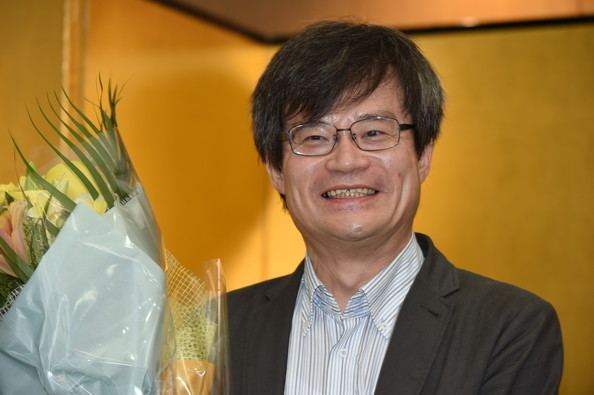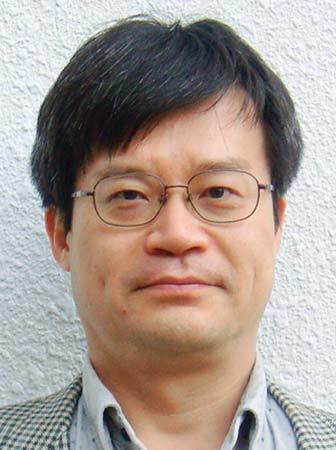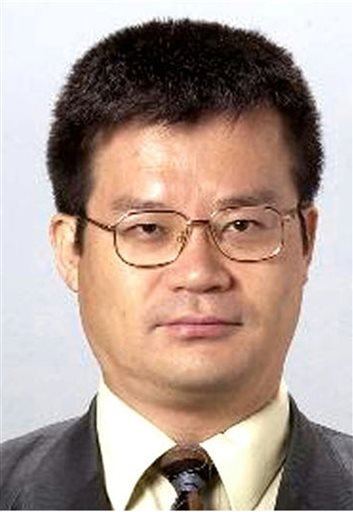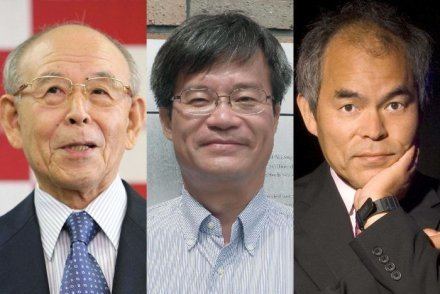Role Physicist Spouse Kasumi Amano | Known for Blue and white LEDs Name Hiroshi Amano | |
 | ||
Education Nagoya University (1989), Nagoya University (1985), Nagoya University (1983) Similar People Isamu Akasaki, Shuji Nakamura, Eric Betzig, William E Moerner, Stefan Hell | ||
Children Mitsuru Amano, Aya Amano | ||
From monochrome to full color hiroshi amano 2014 nobel prize in physics
Hiroshi Amano (天野 浩, Amano Hiroshi, born September 11, 1960) is a Japanese physicist and inventor specializing in the field of semiconductor technology. For his work he was awarded the 2014 Nobel Prize in Physics together with Isamu Akasaki and Shuji Nakamura for "the invention of efficient blue light-emitting diodes which has enabled bright and energy-saving white light sources".
Contents
- From monochrome to full color hiroshi amano 2014 nobel prize in physics
- Hiroshi amano 2014 nobel prize in physics laureate meets the press
- Biography
- Honors
- Selected publications
- References

Hiroshi amano 2014 nobel prize in physics laureate meets the press
Biography

Amano was born in Hamamatsu, Japan, on September 11, 1960. He received his BE, ME and DE degree in 1983, 1985 and 1989, respectively, from Nagoya University. From 1988 to 1992, he was a research associate at Nagoya University. In 1992, he moved to Meijo University, where he was an assistant professor. From 1998 till 2002, He was an associate professor. In 2002, he became a professor. In 2010, he moved to the Graduate School of Engineering, Nagoya University, where he is currently a professor.

He joined Professor Isamu Akasaki's group in 1982 as an undergraduate student. Since then, he has been doing research on the growth, characterization and device applications of group III nitride semiconductors, which are well known as materials used in blue light-emitting diodes. In 1985, he developed low-temperature deposited buffer layers for the growth of group III nitride semiconductor films on a sapphire substrate, which led to the realization of group-III-nitride semiconductor based light-emitting diodes and laser diodes. In 1989, he succeeded in growing p-type GaN and fabricating a p-n-junction-type GaN-based UV/blue light-emitting diode for the first time in the world.
Honors

Selected publications

